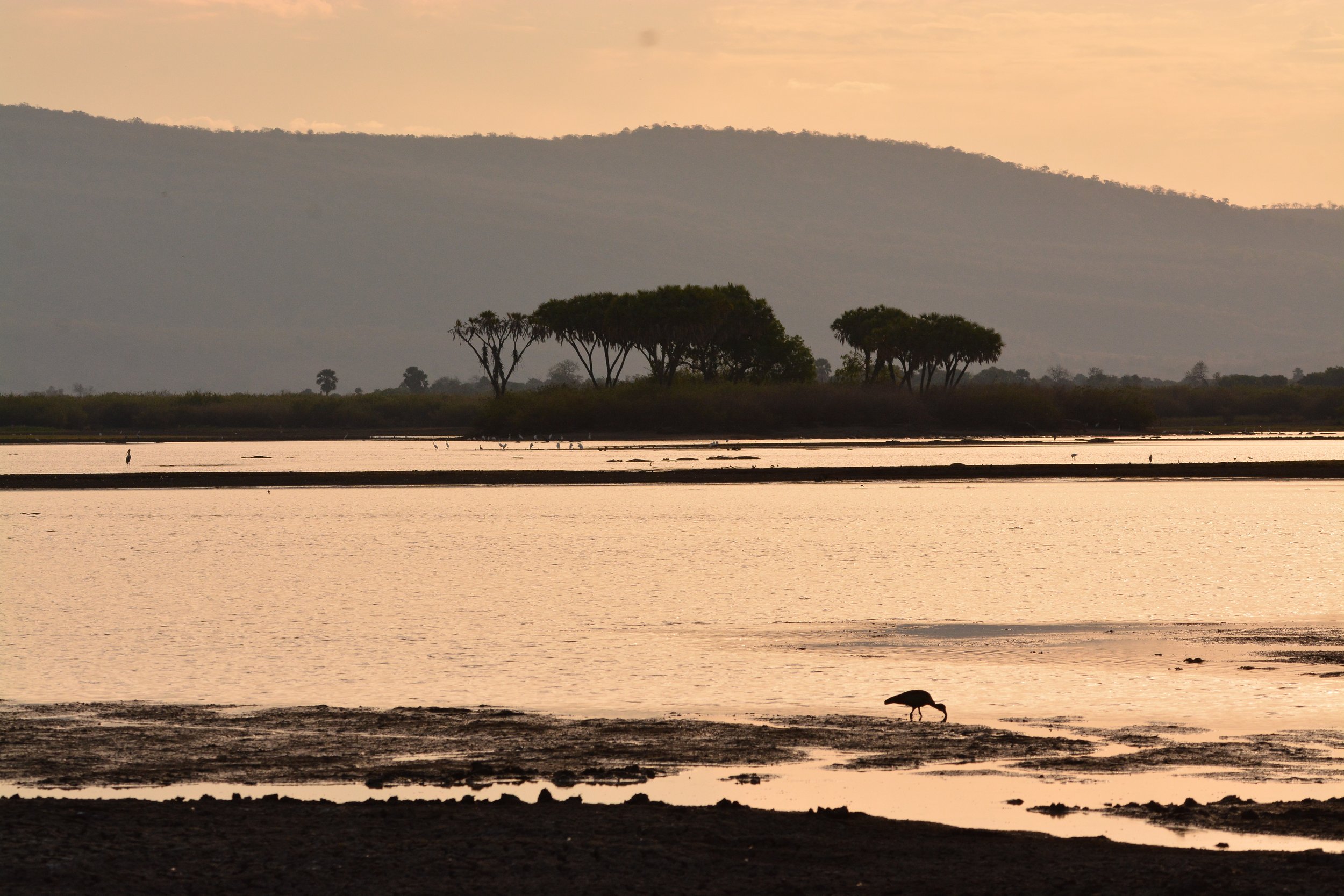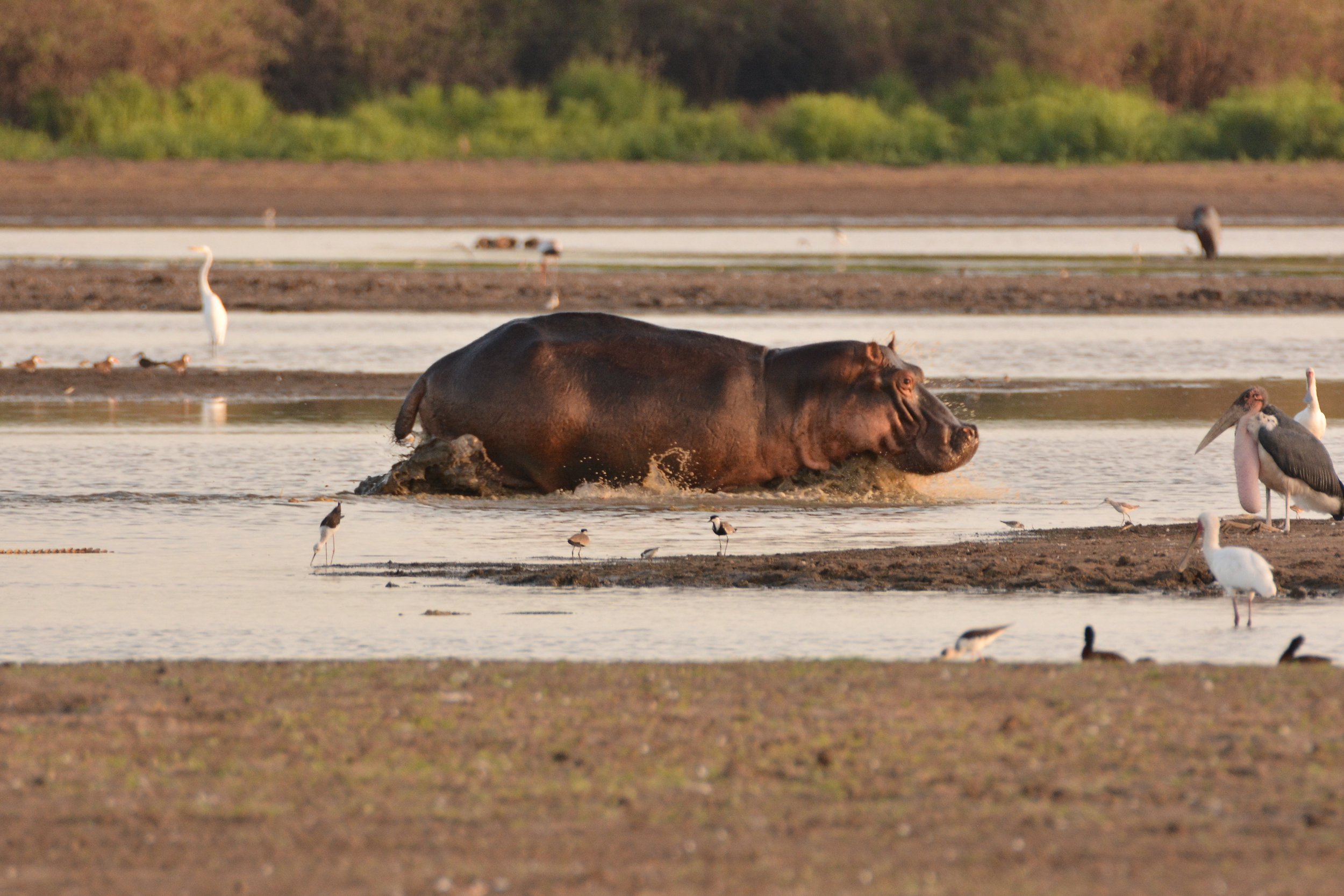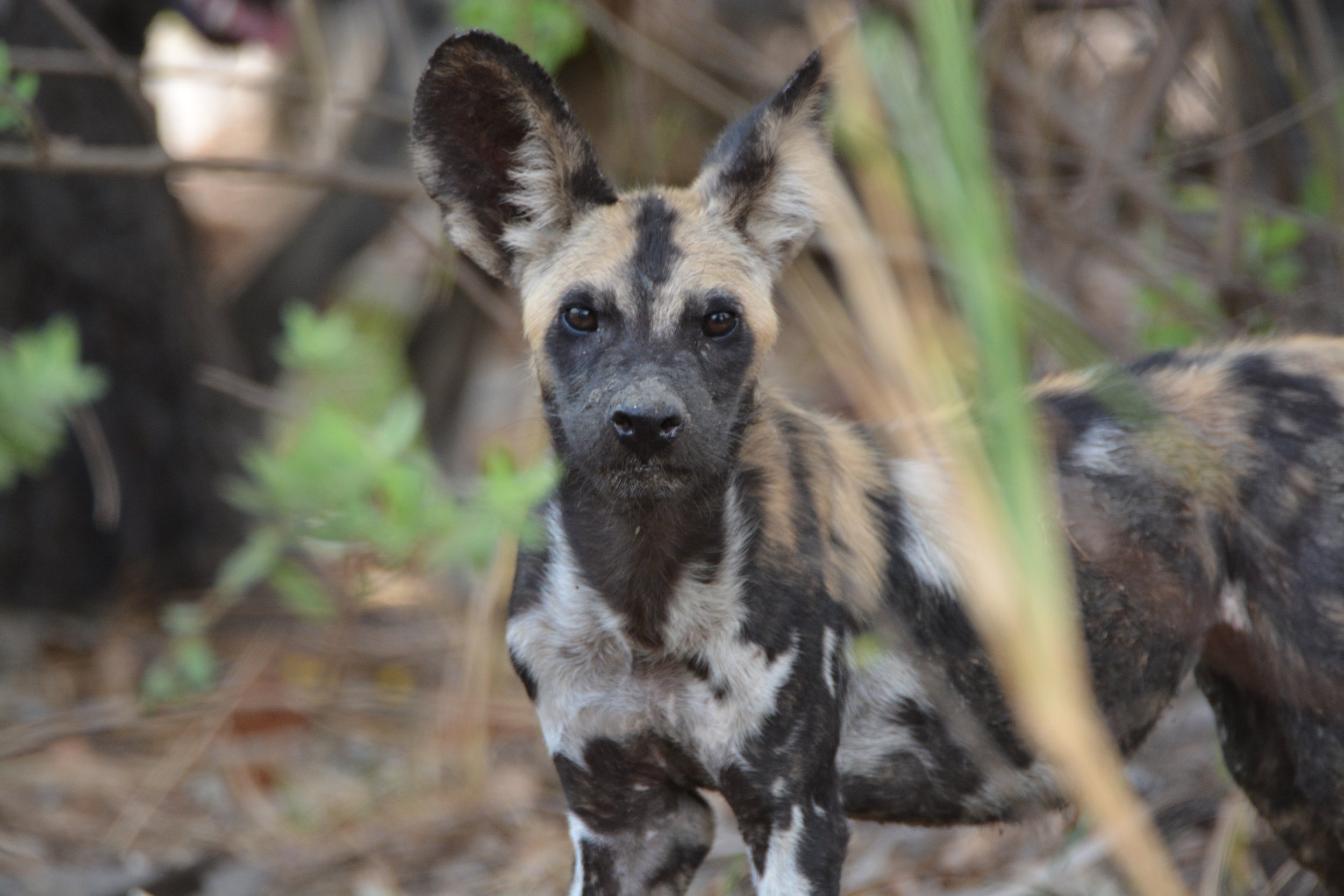
Selous National Park
Tanzania’s largest wildlife safari area.
The Selous Game Reserve is Africa’s largest protected wildlife sanctuary and the world’s largest protected wet wilderness area. Those two facts alone make the Selous Game Reserve an absolute “must-see” on any Tanzanian Safari holiday. The Selous Game Reserve covers 54,000 square miles, about 6% of Tanzania’s land territory. That means that your safari will be in an area equivalent to the size of Switzerland.
The Selous encompasses the Rufiji River and its Delta hence the altitude of this park is not as high as other parks: the ranges being between 80 to 1200 metres. This gives the Selous Game Reserve a year-round warm and humid climate with lots of water resources for its’ resident animals. Evenings can be cooler in the winter months of July and August.
The Selous Game Reserve was named after the famous Captain Frederick Courtney Selous – a legendary 19th-century naturalist, explorer and hunter that visited this area of Tanzania many times and fell in love with its landscapes, rich game resources and diverse ecosystems. The Selous Game Reserve was founded in 1905 and proclaimed protected in 1922 – one of the earliest Nature Reserves in Tanzania. The Selous Game Reserve was originally meant for hunters that were attracted by the huge herds of elephants populating the South of the country. These same herds now still offer safari guests amazing sights along the rivers, swamps and open savannah on our tailor-made safari tours.
Boat & Walking Safaris
You can choose a walking safari with an armed game ranger and specialist guide. This takes place in the short grass season, which allows for safe walking. This is around July to January every year. There is nothing quite like a walk in the bush before breakfast, skirting around the edge of the hills, looking down onto antelope, giraffes, birds and of course the obligatory elephant.
Once your walking Safari in the Selous Game Reserve is over, you may choose to do a boat safari. The Selous Game Reserve is the only safari destination in Tanzania that offers boat safari (or river safari) tours. This is a unique experience, where you are able to see crocodiles, hippos, and wetland birds from close range and within their own natural environment. There is no need for long lenses here, the water wildlife is just there. In addition to the animals, you would be able to view the riverine ecosystems.
A World Heritage Site
In 1982, The Selous Game Reserve was designated a World Heritage Site by the United Nations – one of 3 World Heritage Sites in Tanzania.
Of this huge chunk of land that is the Selous Game Reserve, approximately 2,500 square miles in the northern zone of the park is open for visitors on their Selous safari tour. This is commonly called the “photographic” zone – of the Selous Game Reserve. It offers wonderful rich photographic opportunities as this zone includes mountain ranges, swampland, savannah areas, river beds, and dry acacia and miombo woodland. When on your safari tour in the Selous Game Reserve, all these different landscapes assure you of a myriad of encounters with mammals, predators and birdlife.
The remaining surface area of the Selous Game Reserve is meant to sustain the roaming herds of animals to feed and hunt freely.
Big Game in the Selous
Of the large mammals, the elephants are the first to be seen when on safari in the Selous Game Reserve. More than half of all the elephants in Tanzania live and feed inside the Selous Game Reserve. That means around 60,000 elephants at last count – almost 52% of all of Tanzania’s elephants! However, when on a safari tour in the Selous Game Reserve you are probably unlikely to see large herds of elephants in the Reserve – as they tend to roam in much smaller groups, each led by their own matriarch – these numerous herds are smaller than in other parks.
You often see a pride of lions in the Selous Game reserve. The drivers and guides of Lake Manze Camp are superb in their ability to find the right places for the pride in whose territory the camp sits. If you are very lucky you may see the pride feasting upon their latest kill.
The Selous Game Reserve also protects the largest population of the endangered African Wild Dog in Tanzania. Although these well-camouflaged predators are notoriously hard to spot and roam over huge distances. When planning a safari to the Selous Game Reserve and keen to spot these elusive masters of the savannah then you should plan your Selous Safari Holiday for the dry season. As all of our safaris tours are tailor-made, we will have no problem creating your own private tailor-made Selous Wild Dog safari. Although viewing these elegant creatures cannot be guaranteed, there is so much other wildlife to see in the dry season.
Birdlife along the Rufiji River Delta and connected lakes are prolific with over 430 bird species identified here. Avian enthusiasts will relish the chance of a boat safari on the Rufiji River and tributaries to spot for example the gorgeous migratory Carmine Bee-eater on its banks.
The large mammals of the savannah share these diverse habitats with primates, reptiles and birds. The numerous flowing tributaries of the Rufiji River running through the Selous Game Reserve mean that when on safari here, you will encounter all these with ease and in a quiet setting – the remote location of the Selous Game Reserve means fewer numbers of visitors and a truly adventurous setting for your wildlife trip.
Selous Game Reserve Tips:
WHEN TO VISIT THE SELOUS GAME RESERVE
When planning a visit to the Selous Game Reserve, try and void the wet months of April and May – parts of the Game Reserve will be inaccessible due to seasonal flooding – unless you come specifically to spot birds during your safari. The drier months of (mid) May to December offer better game viewing options as wildlife will be clustered around water sources – rivers and water holes.
LAKE MANZE CAMP
Accommodation in the Selous Game Reserve is available in tented camps and lodges located mainly along the various banks of the Rufiji River and some deeper into the park around the lake and wetlands area. Our favourite camp is Lake Manze Camp. This is a stunning series of permanent tents overlooking Lake Manze. Two elephants often come into the camp and wander around. The food is exquisite, and dinners are always a long table affair where everyone speaks to everyone else. This camp is one of our favourites in the whole of Tanzania.
GETTING TO THE SELOUS
Access is easiest via light aircraft from Dar Es Salam, the Game Reserve has 3 landing strips in various corners of the Reserve.
Domestic airline schedules connect the Selous Game Reserve with Dar Es Salam and Zanzibar, but also with daily flights to the Ruaha National Park and the northern circuit of Tanzania. Our favourite Selous Safari Holiday combines a safari tour in the Selous Game Reserve with a safari in the Ruaha National Park. We will make all your arrangements to and from the Selous including domestic flights, transfers and any Dar Es Salam hotels.
Road access to the Selous Game Reserve is not advisable and takes too long due to poor road conditions.
Selous Game Reserve Price Guide:
The best way to explore the Selous Game Reserve is a fly-in fly-out 3 day 4 night-Safari, including domestic flights, all meals and game drives starting at £1200 (Approx $1400).
Make it special and add the Ruaha National park. One week in both parks would cost from £1950 (approx. $2500).
Flights to Dar es Salaam, the nearest international airport start at £440 from the UK (on Emirates) and US$1100 from the USA (on Turkish Airlines)
For further details or to book please contact us using the link below.



















